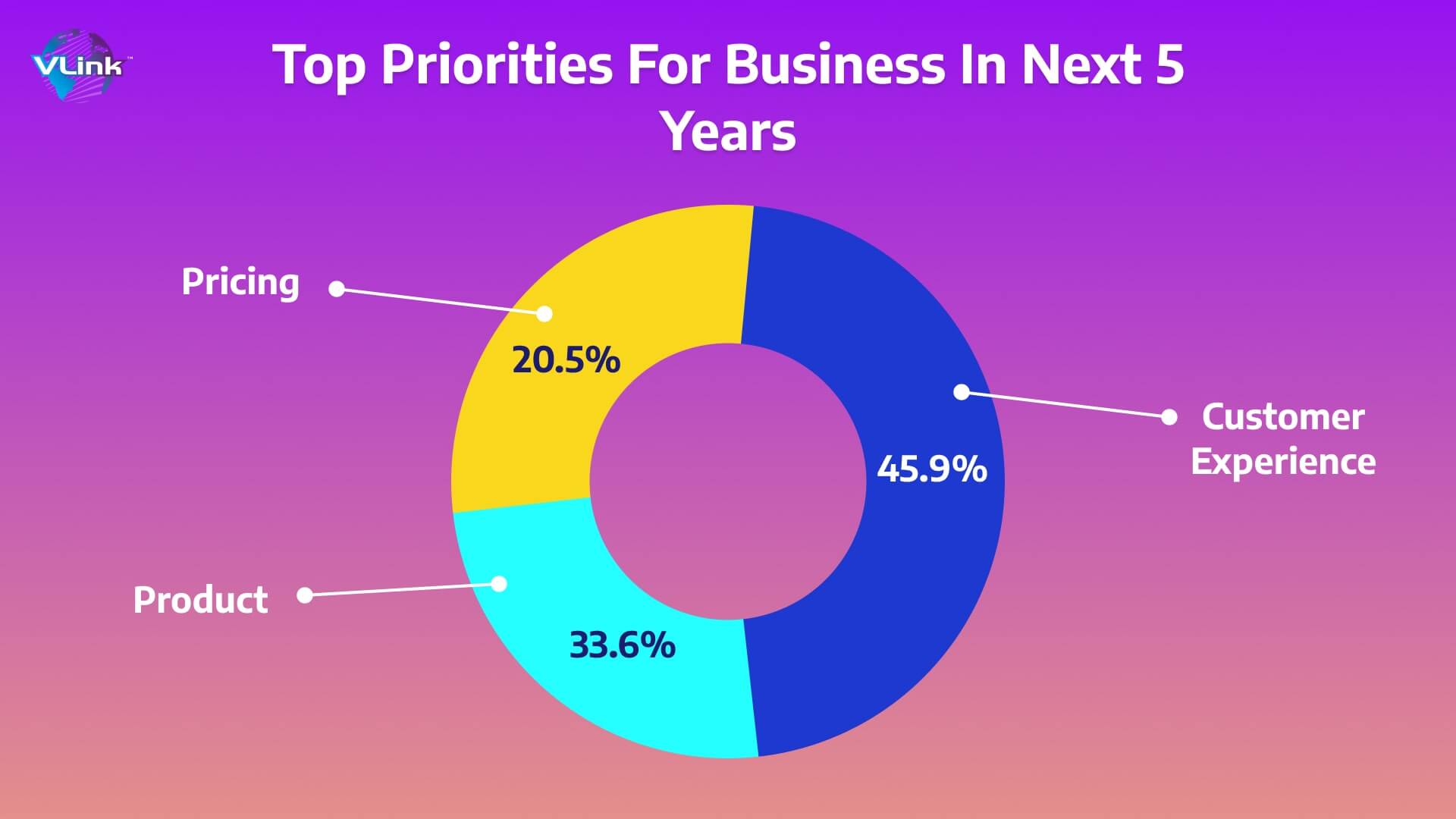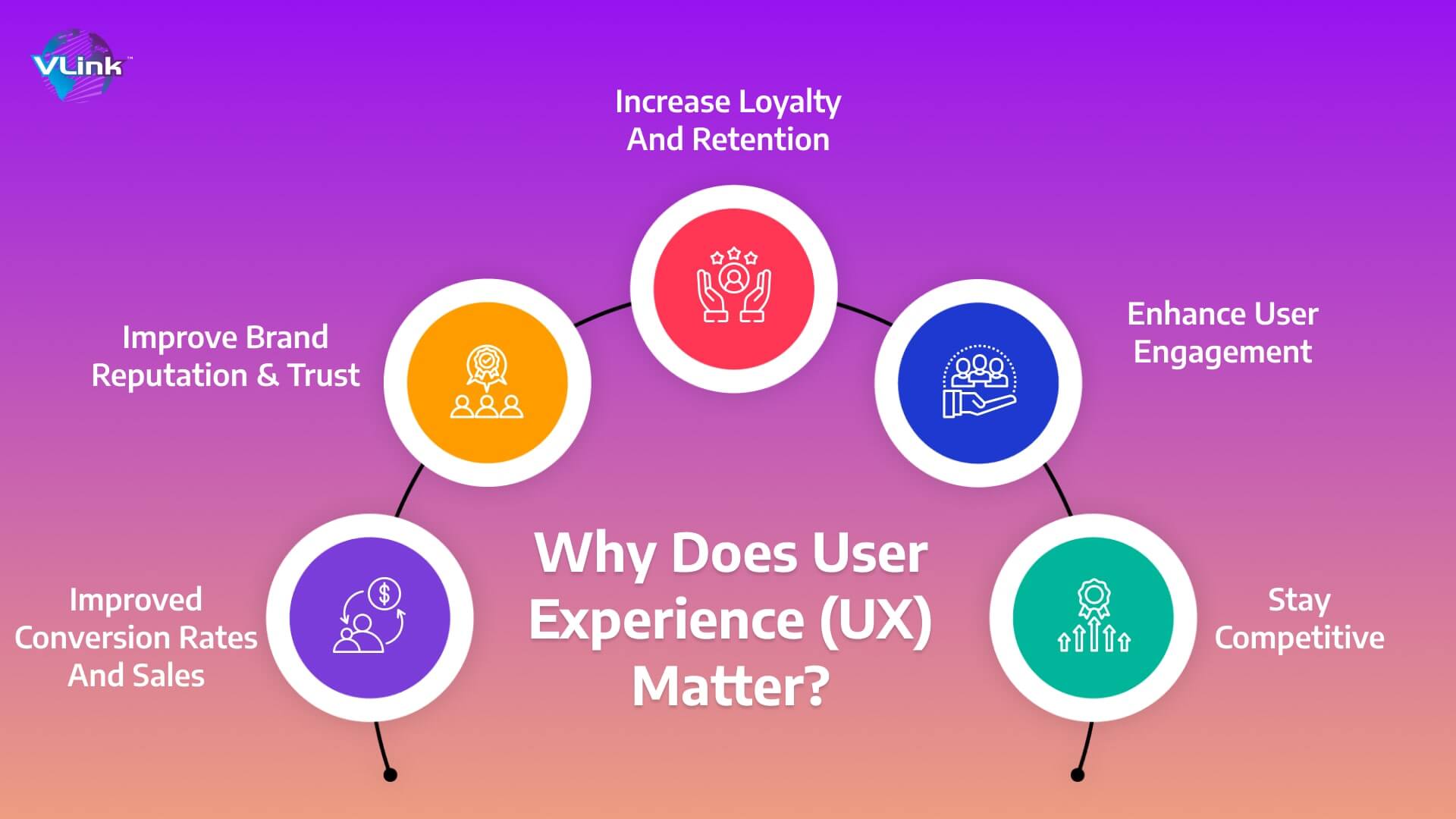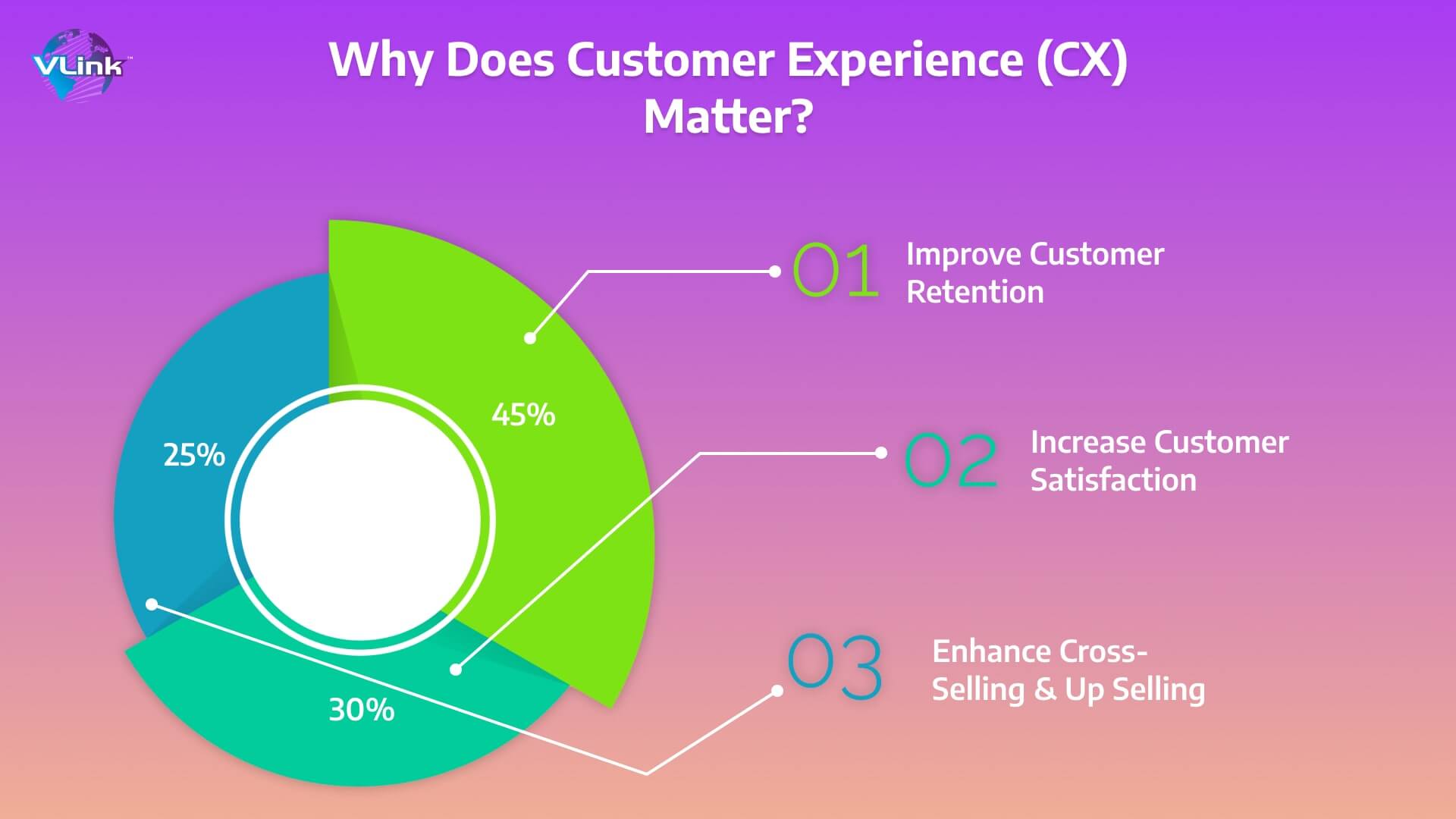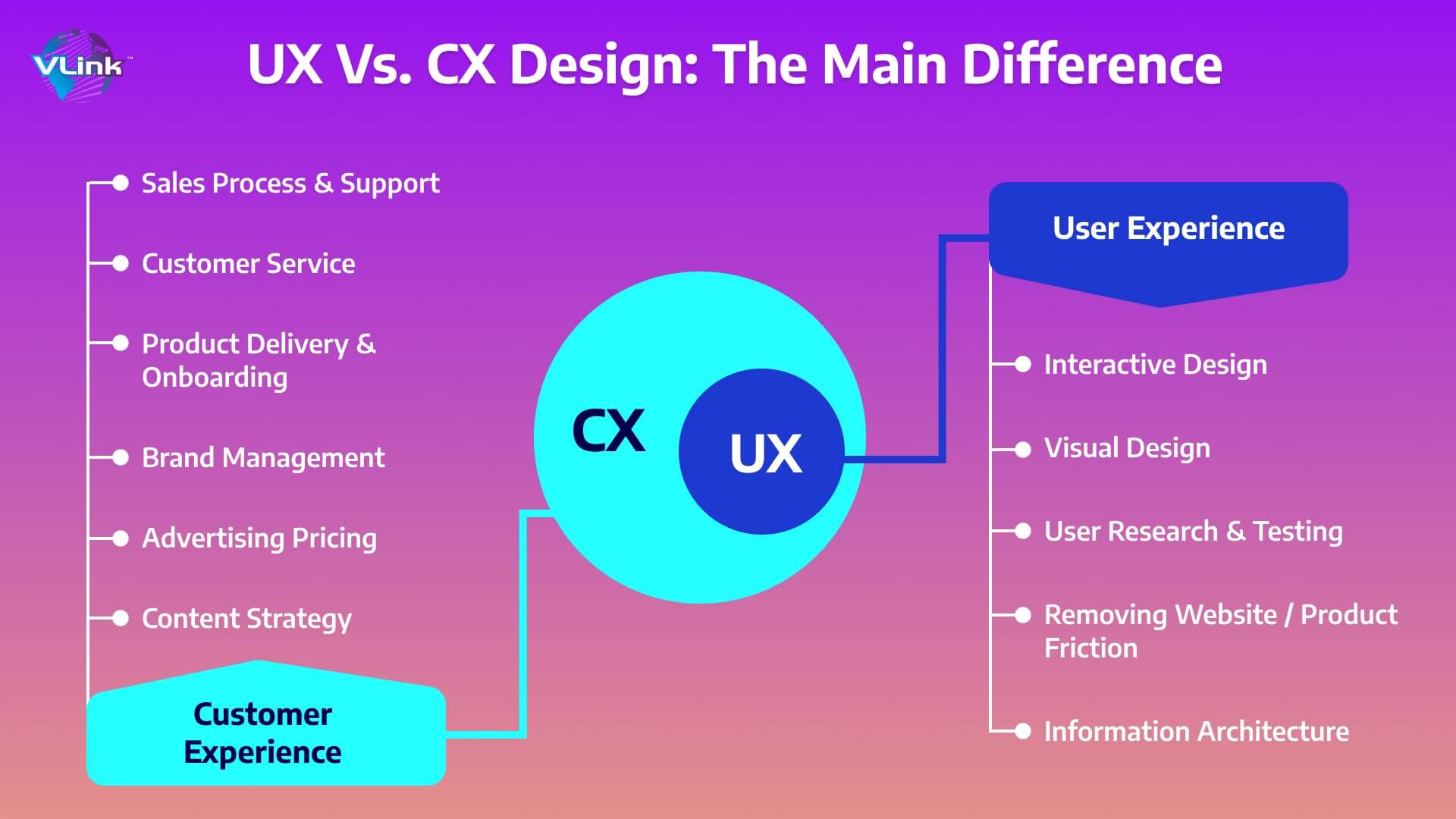Whether startup or established, companies are constantly striving to improve customer interactions and digital interfaces. Two terms - Customer Experience (CX) and User Experience (UX) come up in discussions related to increasing these factors.
Although both sound similar, they have distinct differences. Both CX & UX play a vital role in the overall success of an app, the brand reputation and customer loyalty to your brand. 88% of customers are less likely to return to a site after a bad user experience. Failure of user experience leads to a lousy customer experience overall.

UX is a large part of CX and is essential when considered as a customer. If you still need clarification on User experience and Customer experience, this blog is the right place!
Here, we will explore the difference between CX & UX to help you get a better understanding of these important factors.
What is User Experience (UX)?
User Experience (UX) refers to the overall experience that people receive when interacting with a specific product, website, software, mobile app development services. With a good UX, your customers can;
- Find information,
- Complete the desired task and
- Search web pages easily.
It includes all aspects of users’ interaction, such as their feelings, perceptions and behaviors when they engage with your products or services. UX design focuses on usability, information architecture, navigation, understanding, learning, visual hierarchy, etc.
Why Does UX Matter?

Here are some stats on why user experience matters in business:
- On average, every $1 invested in UX brings $100 ROI.
- The top companies such as Airbnb, Apple & Google, leading in UX, outperformed the S&P index by 35%.
- 8 in 10 customers prefer to pay more for a better customer experience.
- A better UX design could yield conversion rates up to 400%.
- 3 out of the 12 reasons projects fail are about to user experience failures.
- 32% of customers will leave their favorite brand if they have one bad experience.
For software or digital products, UX is essential.
No matter how attractive your website might be, if your users are unable to navigate and find what they are looking for, they just won’t come back. That’s where user experience comes in!
Here are several reasons why UX is vital:
- It helps you figure out your goals.
- Its design increases your brand loyalty.
- It can help you enhance your conversions.
- It reduces costs down the line.
- It can help with your SEO (Search Engine Optimization)
What is Customer Experience (CX)?
Customer Experience (CX) refers to overall interactions a customer has with a company, brand or organization throughout their entire journey. Its main aim is to improve customer satisfaction and loyalty. It includes your customer’s experience, perceptions and continued usage of a company’s products, services, employees and communication channels. Omnichannel customer experience can change everything for every business’s ROI.
With good CX, users/customers can -
- Have a pleasant, professional and helpful interaction with the company’s representatives.
- Feel positive about the overall experience of that organization.
Here are several key aspects of CX:
- Touchpoints
- Consistency
- Journey Mapping
- Feedback and Improvement
- Brand Perception
Why Does CX Matter?

Here are some stats on why customer experience (CX) matters most:
- 74% of CX leaders say improving content and knowledge delivery to customers and employees is important.
- 81% of customers say a positive customer service experience increases the chances of them making another purchase.
- 88% of buyers say experience matters as much as a company's products or services.
- 60% of leaders say customer service improves customer retention.
- 64% of leaders say customer service has a positive impact on their company’s growth.
An excellent CX not only increases your revenue and sales but also helps to enhance competitive advantages.
Here are several reasons why customer experience is vital for a business’s growth:
- It improves customer satisfaction.
- It builds trust and creates personal relationships with customers.
- It uses a quality framework for the dedicated team of developers.
- It captures customer feedback in real-time.
Let’s come to the main topic:
UX Vs. CX: The Main Difference

One significant difference between UX & CX is that user experience focuses on end users, and Customer experience focuses on the customers.
The CX includes all of the customer's interactions with the brand's digital products, whether they be a website, app, or piece of software. On the other hand, UX allows only interactions with product entities.
A successful CX project encompasses the whole organization and gives different UX initiatives direction.
Also Learn: The difference between UX & UI.
Here are multiple factors that differentiate between UX and CX:
There are different audiences of both CX and UX.
CX target audience:
The complete company’s customer experience is what CX experts focus on, from the consumer's first investigation until the moment of purchase. It includes a single person or a number of people from several departments.
UX target audience:
UX people concentrate on the actual user of a product or service.
Both CX and UX specialists work toward making customers happy through every business interaction. But, both experience design strategies have their own unique set of goals.
Common CX goals and objectives are:
- Building a brand experience that attracts and engages customers
- Encouraging consumer experience throughout the whole purchasing process
- Establishing a continuous feedback loop to allow clients to express their demands
Common UX goals and objectives are:
- Creating product’s seamless user experience
- Designing dynamic, entertaining, and user-friendly goods
- Ensuring products address the key issues that customers encounter
In conclusion, CX specialists strive to build pleasant brand experiences. UX specialists focus on increasing product interactions to contribute to the creation of these satisfying experiences.
There’s no one method to measure the customer experience.
Here are some metrics to measure CX:
- Customer satisfaction
- Net Promoter Score® or NPS (A measurement of customer loyalty)
- Churn rate and reasons for churn — (Number of lost customers with reasons)
When it comes to measuring UX, it’s important to consider the product’s usability. User testing is the right way to find solutions to common usability issues.
Here are some metrics to measure UX:
- Website or page load speed
- Time on task
- Adoption rate (The ratio between new users and all users)
CX in Practice
CX concentrates on the customer's journey.
Here are some tasks that a customer experience team may complete:
- Take a customer satisfaction survey to learn people’s view on your brand.
- Examine support tickets from consumers to identify and address persistent issues.
- Verify brand sentiment on social media to see what consumers are saying about the company.
- Develop methods to better retain consumers by analyzing turnover rates.
UX Examples
UX focuses on a product or service and targets the end users who have interactions with products or services.
Here are some activities that a UX professionals perform:
- Based on user input, come up with ideas on how to make an app more engaging and enjoyable to use.
- Conduct a website usability test to uncover challenges people have while attempting to utilize a product or service.
- Based on heat maps and usability studies, update a product or service landing page's visual aesthetic.
- Improve the user interface's information architecture to make it easier for users to browse
Here are the basic differences between user experience and customer experience:
- CX belongs to a marketing background, whereas UX comes from different backgrounds, such as technical or design.
- CX experts focus mainly on increasing revenues through advertising and boosting client services. UXers are also experts in this. In addition, they specialize in usability.
- CX looks at great experience, including all of the brand's channels, while UX tends to focus on specific apps or websites.
- CXers survey a number of people to determine what they consider a product or service. In contrast, UXers place more focus on getting to know smaller groups of people well.
How Do CX & UX Work Together?
User experience is a part of customer experience. Without a good UX, you can’t create a positive customer experience.
Both concepts work together to create a customer journey without any effort. Customer journey mapping is an efficient way to show a person’s experience with your company — from start to finish.
This journey map can also help you assess the quality of UX and CX at every touchpoint.
For example:
Exist any pain points? People are getting trapped in your app before completing a goal because it takes so long to load. UX is that.
How do your clients feel? Perhaps they feel supported at all times and are eager to recommend your company to their friends. This is CX.
Consult with VLink for Implementing UX & CX strategies!
Effective CX strategies go far beyond providing excellent customer service. In order to boost your total income, VLink uses industry-specific best practices to deliver more insightful information, more useful goods, and more engaging interactions.
Learn more about our user experience and customer experience strategy services by getting in touch with us right now.









 Shivisha Patel
Shivisha Patel

















